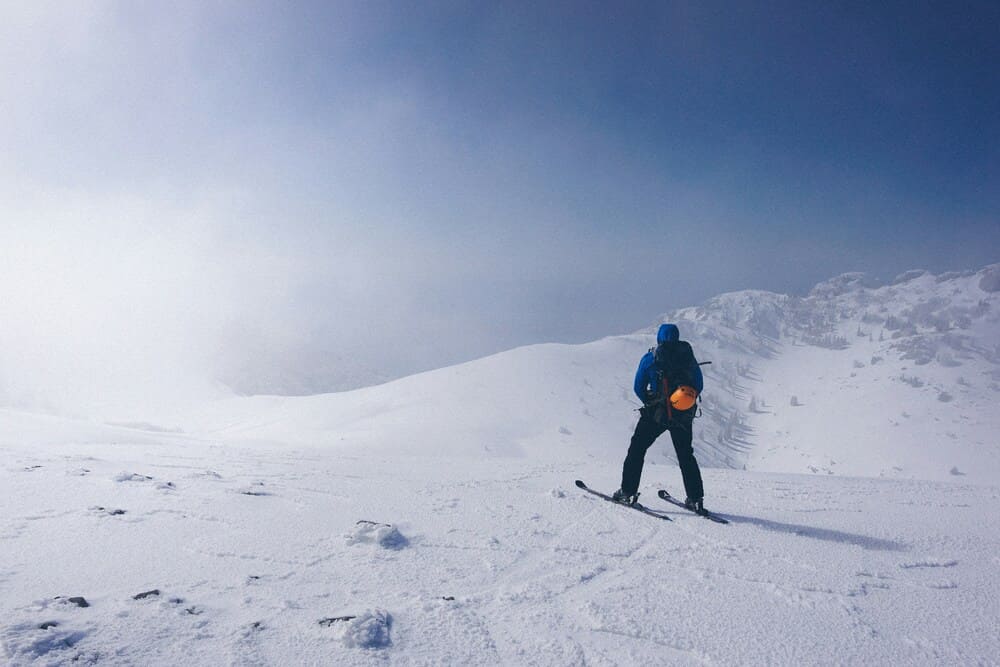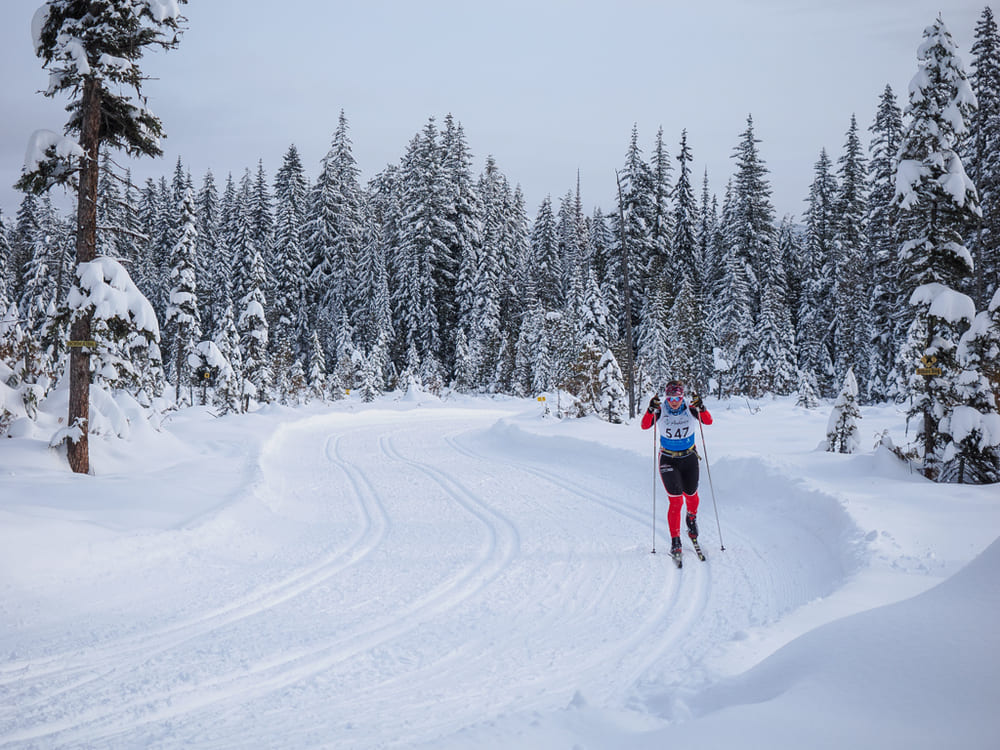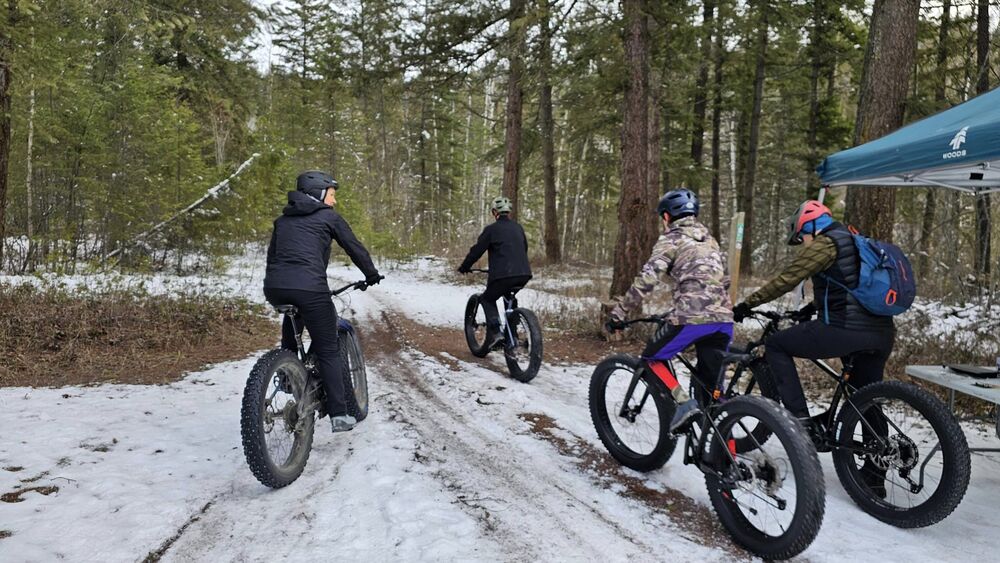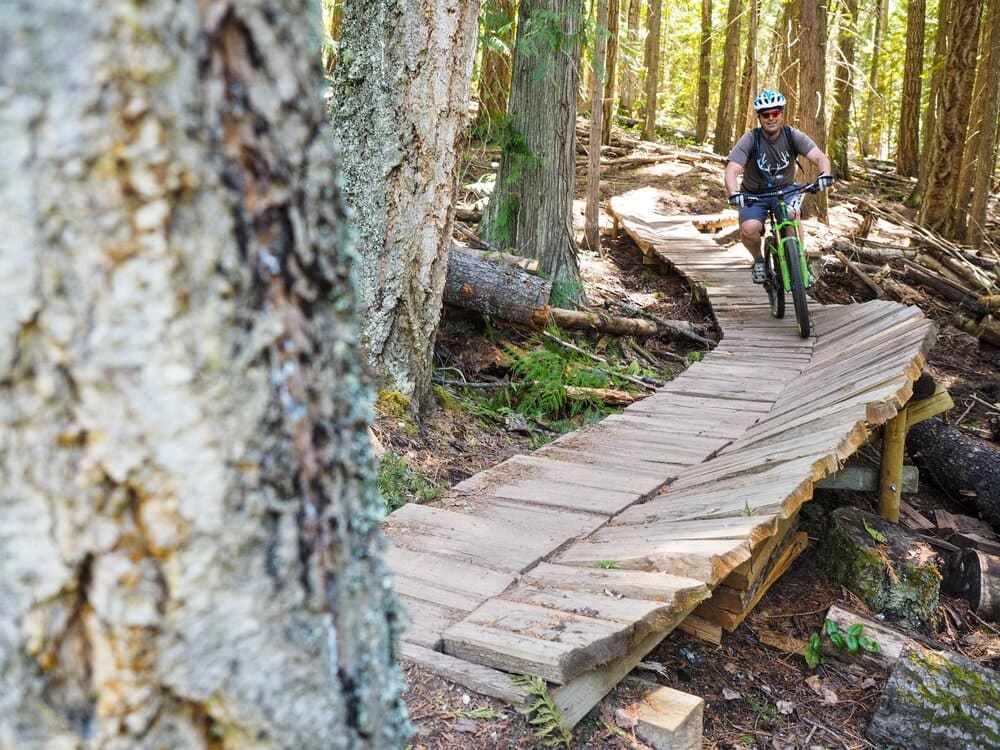Transitioning from summer cycling to winter skiing can be challenging yet fulfilling. The key to a smooth change lies in understanding the demands of each sport and preparing accordingly. Summer cycling and winter skiing, though distinct, share certain physical requirements and mental disciplines. A well-planned transition enhances your performance in both sports and reduces the risk of injury.
Understanding the Physical Demands
Cycling and skiing both demand high levels of cardiovascular fitness and lower body strength, but they engage different muscle groups in distinct ways. Cycling primarily targets the quadriceps, hamstrings, and calves through repetitive pedaling. It emphasizes endurance and steady-state cardio over long periods. In contrast, skiing focuses more on power, agility, and explosive movements. Skiing uses a broader range of muscles, including the glutes, core, and upper body, to maintain balance and control at high speeds.
This difference in physical demands means that transitioning from cycling to skiing requires a period of adaptation. You need to condition your body to handle the intensity of skiing while maintaining the endurance built during the cycling season. This preparation involves targeted strength training, flexibility exercises, and cardiovascular conditioning. Focusing on these areas ensures that your body is ready to tackle the slopes with the same energy you bring to your summer rides.
Adapting Your Training Routine
To make the most of the transition, gradually modify your training routine to match skiing’s demands. Start by incorporating exercises that build explosive power and agility, such as plyometrics and interval training. Plyometric exercises like box jumps, squat jumps, and lateral bounds mimic the dynamic movements of skiing. These exercises help develop the quick bursts of energy needed for carving turns on the slopes. Interval training, which alternates between high intensity and recovery, helps build the cardiovascular capacity needed for long runs and quick recovery.
In addition to building power and endurance, it is important to focus on exercises that enhance your balance and core strength. Core stability is crucial in skiing. Maintaining control and posture can make the difference between a smooth run and a fall. Incorporate exercises like planks, Russian twists, and stability ball exercises to strengthen your core muscles. Balance training, using tools like a Bosu ball or balance board, improves your ability to stay centered and stable on uneven terrain.
Flexibility is another important aspect of preparing for skiing. A greater range of motion in your joints and muscles helps you move more freely and reduces the risk of injury. Incorporate dynamic stretching into your routine, focusing on the hips, hamstrings, calves, and shoulders. Yoga can also help improve flexibility and mental focus, both of which are essential for skiing.
Preparing Your Mindset
Transitioning from cycling to skiing requires a shift in mindset as well as physical preparation. While cycling often involves long periods of steady, rhythmic effort, skiing demands quick decision-making and the ability to react instantly to changing conditions. The mental agility needed for skiing can be developed through visualization techniques. Mentally rehearsing your runs, picturing the slopes, and anticipating the movements you’ll need to make can help you stay focused and calm under pressure. This practice improves your performance on the mountain.
Another important aspect of the mental transition is adjusting to the different risks and challenges that skiing presents. Unlike cycling, which is typically done on predictable, paved roads, skiing takes place in an unpredictable environment with varying snow conditions and terrain. It is crucial to approach skiing with respect for these variables and an understanding of the potential hazards. This includes familiarizing yourself with avalanche safety, recognizing signs of changing weather, and knowing your limits on the slopes.
Choosing the Right Gear
The transition from cycling to skiing also involves significant changes in the equipment you use. While cycling gear is lightweight and designed for efficiency, skiing gear is built for protection and warmth in harsh winter conditions. Selecting the right gear is essential for comfort and safety on the slopes.
Start by choosing the right skis and boots. The type of skis you select will depend on the style of skiing you plan to do, whether it’s alpine, freestyle, or backcountry. Skis come in various lengths, widths, and flexibilities, and choosing the right pair is crucial for optimizing your performance. Boots are equally important, as they provide the connection between your body and your skis. Make sure your boots fit snugly but comfortably, offering the support you need without causing discomfort during long days on the mountain.
In addition to skis and boots, invest in quality outerwear that can withstand the cold and wet conditions of winter sports. Look for jackets and pants that are waterproof and insulated, yet breathable enough to allow moisture to escape. Layering is key in skiing, so choose base layers made of moisture-wicking materials to keep you dry and warm. Don’t forget accessories like gloves, helmets, and goggles, which are essential for protection and visibility on the slopes.
Transitioning Gracefully from Wheels to Slopes
Making the switch from cycling to skiing is a rewarding experience that keeps you active and engaged throughout the year. Understanding the physical and mental demands of skiing, adapting your training routine, and choosing the right gear ensures a smooth transition. This allows you to enjoy both sports to their fullest.
Embrace the change of seasons as an opportunity to challenge yourself in new ways and expand your athletic abilities. The skills and conditioning you’ve developed during the cycling season will serve as a strong foundation for your skiing adventures. With proper preparation and a positive mindset, you can glide into the winter season ready to tackle the slopes with the same enthusiasm and dedication you bring to your summer rides.




